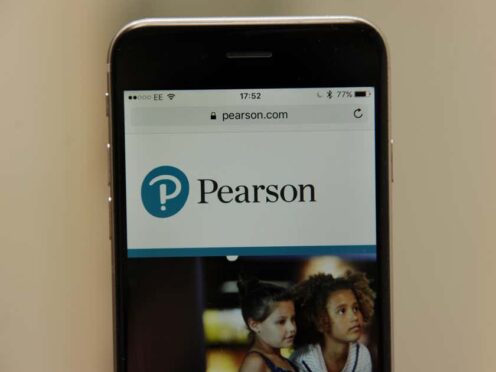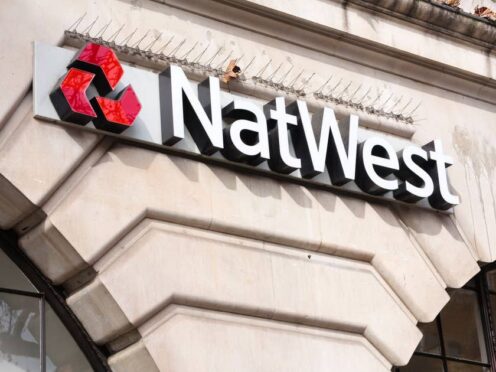Do you have past payment protection insurance (PPI) you have been meaning to complain about, or are unsure whether you’ve had it?
Now is the time to decide whether or not you want to make a complaint. Put it off for much longer and it could be too late – the deadline for PPI mis-selling complaints is August 29, 2019.
More than £27billion has been paid out since rules were introduced in 2011, and complaining could well be less hassle than you think.
There is no need to pay a company to make the claim for you. Plenty of free help is available, so here’s our guide:
What products might you have had that could have had PPI added?
As many as 64million PPI policies were sold in the UK, mostly between 1990 and 2010. You may have had PPI alongside a personal loan, for example, or a credit card, store card, mortgage, or through a big purchase bought on credit, such as a sofa or car finance.
Why might you be entitled to cash?
Telltale signs you were mis-sold include if you felt under pressure to buy PPI or were told you had to have it, or you were told you were more likely to be accepted for a loan or credit if you bought PPI. Another warning sign could be if you were advised to buy PPI despite being self-employed, unemployed or retired.
In some cases, PPI was added to people’s policies without them agreeing to it, so you may have had PPI even if there was no discussion about it.
As well as mis-selling, you may also be able to make a claim if whoever sold you the policy earned a high level of commission but didn’t tell you.
What should you do if you have a complaint?
Firstly, get your evidence in order. Go through old paperwork which may have details such as account numbers, details of who the policy was with and old addresses.
If you haven’t got much paperwork, you can also contact the firm you think you had PPI with to ask for any details they may have.
Who should you complain to?
In the first instance, contact the financial business that sold you PPI. Give as much detail as you can and explain why you think you are entitled to money back.
You can complain on the websites of many firms, as well as by phone, post or at a bank. Some providers may have since changed their name or owner.
If you aren’t sure, you can e-mail the Financial Conduct Authority at ppi@fca.org.uk
MoneySavingExpert.com and Citizens Advice have free advice on their websites to help you compile a letter of complaint.










